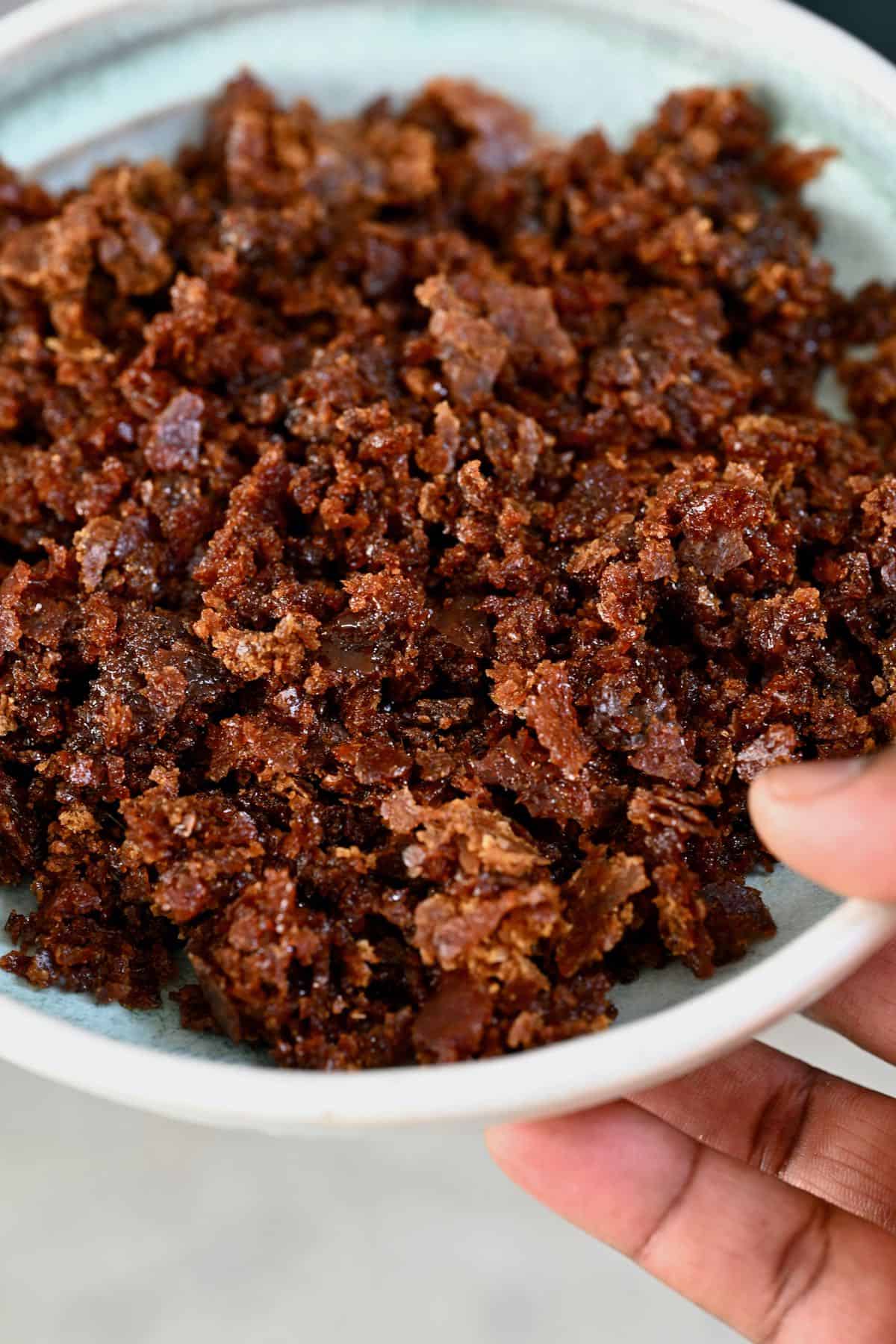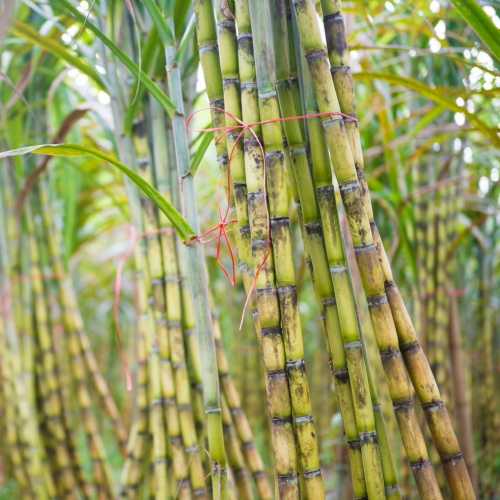Efficient Cane Sugar Processing: Optimizing Yield and Pureness
Efficient Cane Sugar Processing: Optimizing Yield and Pureness
Blog Article
Exploring the Comprehensive Tips Included in Cane Sugar Handling From Gathering to Refinement
The procedure of cane sugar manufacturing incorporates a series of detailed steps, starting with the cautious harvesting of sugarcane and culminating in the improvement phases that make sure the final item meets sector standards. Each stage, from the extraction of juice to the filtration and formation procedures, plays an essential function in identifying the high quality and personality of the sugar. Understanding these phases not just highlights the intricacy of sugar manufacturing but additionally increases vital inquiries about effectiveness, sustainability, and development in the sector. What implications do these aspects have for future practices?
Collecting Sugarcane
Harvesting sugarcane is an important action in the cane sugar processing chain, as it directly affects the top quality and return of the end product. Proper timing and strategies are essential throughout this stage to guarantee ideal sugar material and minimize losses. Generally, sugarcane is harvested when it reaches maturation, generally 12 to 18 months after planting, defined by a high sucrose concentration.

Post-harvest, the sugarcane has to be refined promptly to prevent sucrose destruction. Preferably, gathered walking stick ought to be carried to refining facilities within 24 hours to maintain sugar high quality. As a result, reliable logistical preparation is vital to preserve the stability of the harvested crop throughout the supply chain.
Extraction Refine

The crushed walking cane undergoes a collection of pressing operations to optimize juice recuperation. Typically, warm water is splashed onto the crushed walking stick, producing a countercurrent flow that aids liquify the sugar while likewise helping in the extraction procedure. The juice accumulated from this operation consists of not just sugar however likewise numerous natural substances and impurities.

To enhance extraction efficiency, some centers may use diffusion techniques, where the sugarcane is saturated in warm water, enabling the soluble sugars to diffuse right into the fluid. The resulting juice, abundant in sucrose, is after that directed to succeeding handling phases, laying the structure for filtration and improvement. The extraction process is therefore essential in determining the quality and yield of the final sugar item.
Filtration Methods
The purification methods employed in cane sugar processing are vital for changing the raw juice into a top notch sugar item. These techniques largely intend to eliminate pollutants, such as soil, plant materials, and not natural materials, which can adversely impact the end product's flavor and color.
Among the most common purification techniques is explanation. This process involves adding lime and heat to the raw juice, which helps with the coagulation of impurities. The resulting precipitate is after that eliminated through sedimentation or filtration, generating a clearer juice. Additionally, using phosphoric acid can boost the explanation procedure by further binding contaminations.
An additional considerable technique is carbonatation, where co2 is introduced to the clarified juice. This response produces calcium carbonate, which records remaining contaminations and promotes their elimination.
Furthermore, turned on carbon treatment might be put on adsorb any type of remaining colorants and organic contaminations, making sure a more refined item. The combination of these techniques wikipedia reference successfully prepares the sugar juice for subsequent actions in the refining procedure, setting the phase for the manufacturing of high-quality walking cane sugar.
Condensation Approaches
After the purification phase, the following critical step in walking cane sugar handling entails formation methods, which play an essential duty in transforming the made clear juice right into solid sugar. This process normally employs two main techniques: spontaneous formation and regulated crystallization.
In spontaneous condensation, supersaturated sugar remedies are permitted to cool down naturally, resulting in the formation of sugar crystals gradually. This approach is less complex but may lead to unequal crystal dimensions and reduced pureness levels. On the various other hand, regulated formation is a more accurate method where seeding, focus, and temperature agents are carefully managed. This method enables for the uniform growth of sugar crystals and higher purity.
Throughout condensation, the cleared up juice is concentrated with evaporation, increasing its sugar content till it gets to supersaturation. As soon as this point is accomplished, either method can facilitate the crystallization process. Cane Sugar Processing. The resultant sugar crystals are after that divided from the continuing to be syrup with centrifugation
Eventually, the choice of crystallization approach affects the high quality, size, and pureness of the final sugar item, making this action necessary in the general cane sugar handling treatment.
Refinement and Product Packaging
Just how can the purity and top quality of walking stick sugar be even more enhanced after formation? The refinement process plays an important role in attaining top notch cane sugar. Adhering to condensation, sugar undergoes a thorough cleaning to remove contaminations and recurring molasses. This is normally accomplished making use of warm water or vapor, which helps liquify and remove undesirable elements while protecting the sugar crystals.
Next, the sugar undergoes a process Your Domain Name called centrifugation, where it is spun at broadband to separate the purified sugar crystals from the staying liquid. After centrifugation, the sugar is typically more refined with an approach called carbonization or phosphatation, which utilizes triggered carbon or phosphoric acid to remove shade and off-flavors.
Once fine-tuned, the sugar is dried out to attain the preferred moisture material, making certain that it continues to be secure during storage space and transport. The last action involves product packaging the refined sugar in impermeable and moisture-proof containers to keep its quality and stop contamination. Cane Sugar Processing. Appropriate product packaging not just extends shelf life however likewise promotes easy handling and distribution, making certain that customers receive sugar that meets the highest standards of purity and high quality
Verdict
The comprehensive steps involved in cane sugar processing, from the precise harvesting of sugarcane to the complex improvement and product packaging phases, highlight the relevance of each stage in making certain premium sugar manufacturing. Ideal harvesting methods, effective extraction techniques, and extensive filtration processes jointly add to the last product's purity and stability. The crystallization and succeeding product packaging practices further enhance the honesty and service life of the sugar, highlighting the complexity and accuracy intrinsic in this crucial farming market.
The process of walking stick sugar production includes a series of detailed steps, beginning with the mindful harvesting of sugarcane and culminating in the refinement phases that make sure the final product fulfills industry standards. Preferably, gathered walking cane must be delivered to processing centers within 24 hours to maintain sugar high quality.In spontaneous crystallization, supersaturated sugar remedies are allowed to cool down naturally, leading to the formation of sugar crystals over time - Cane Sugar Processing. The improvement procedure plays an important role in attaining top notch walking cane sugar.The comprehensive steps included in walking stick sugar handling, from the thorough harvesting of sugarcane best site to the detailed refinement and product packaging stages, underscore the importance of each stage in making sure top quality sugar manufacturing
Report this page